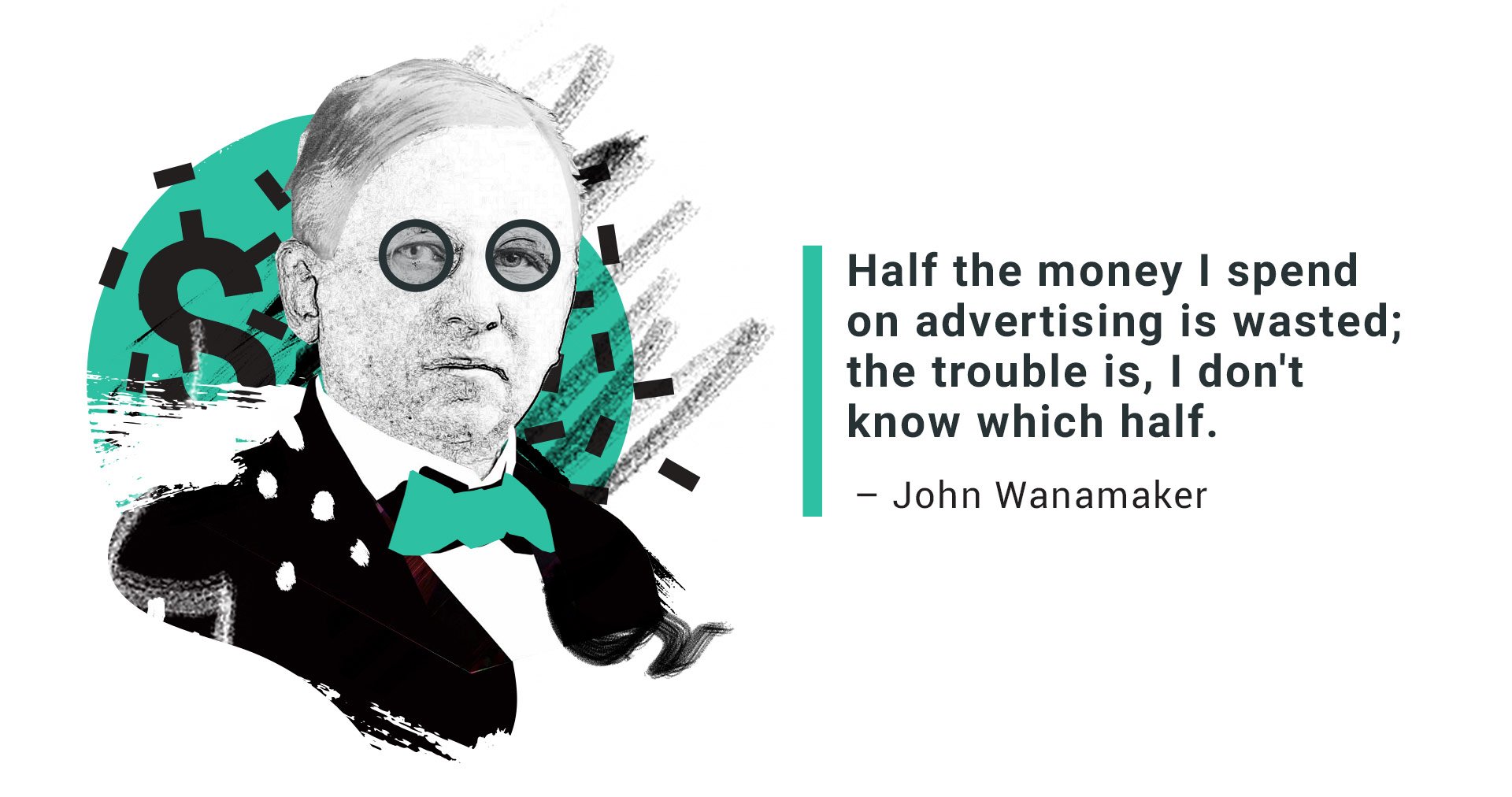
Pushing Attention Forward During its Formative Years

Keith O'Brien
Jon Watts, Managing Director, ARF’s Coalition for Innovative Media Measurement
Longtime consultant Jon Watts has always been on the cutting edge of advertising measurement. As MD of the CIMM, Jon works with content providers, media buying agencies, large advertisers, pay TV distributors, research and media technology vendors to improve measurement, metrics and data across the media and advertising ecosystem.
He discussed why attention is having its day in the sun, but also cautioned that we’re in attention’s “teenage years.” He also gave some advice for marketers who are just starting out in attention measurement.
Why is attention important and is it even more meaningful in 2023?
Attention is very clearly having a moment in the measurement space. The roots of attention go back some way. We're all familiar with the quote: “If your advertising goes unnoticed, everything else is academic.”
My strong sense very strongly is the reason attention has become more important is down to three factors. Number one is clutter, complexity, and convergence. So the media marketplace is becoming much more complex and intertwined. Consumer time is becoming much more fragmented across different platforms and devices.
| [Attention] allows advertisers to better navigate the plethora of media inventory and understand how campaigns are working in their totality. |
Media is just becoming a lot more complex, which creates both opportunities but also difficulties. Attention has emerged as one potential way of cutting through that noise.
It allows advertisers to better navigate the plethora of media inventory and understand how campaigns are working in their totality. It takes account of issues like who's in the room, clutter size of the ad unit, but also allows factors like mindset and receptivity to come into play.
The second reason is that we have still got a lack of consistency in cross-platform measurement covering all inventory and attention is one way potentially straddling that problem and streaming together campaigns in the world where we don't yet have a better way of joining up all the dots.
Thirdly, attention generates lots of opportunities for innovation across the market. I like to think that attention is a bit like a gateway drug stringing together measurements and metrics from other parts of marketplace. It's widely applicable, so it can help you with planning, with optimization, effectiveness, measurement. It allows you to bring together all these things and generate a whole new way of looking at advertising.
The ARF is one of many organizations that's really focused on attention. At events or in talking to people, do you get a sense that more advertisers are embracing and focusing on attention than in years’ past?
There's no question that the buy side, in particular, is leaning into attention, and it's trying to understand the role and value of attention when it comes to planning and buying activities. Several factors are driving that. So first of all, we have a very rich, diverse ecosystem of vendors who have really invested in and matured their products.
There are some very smart people out there. driving attention metrics and really trying to deliver against a variety of different objectives. Secondly, the big agency groups, people like Dentsu and Omnicom and others who've been very outspoken in voicing their support for attention, that's undoubtedly been very helpful.
Thirdly, trade bodies like the ARF and the ANA and the Attention Council run by my friend Andy Brown are doing really good work and helping to popularize attention.
I expect attention to continue growing in importance. I think efforts to standardize attention measurements like the new IAB task force and what the MRC is doing will also be helpful.
I think we're still in the teenage years of attention, but it will only grow from here.
| It's a planning tool if you really have to simplify it; it's way of helping advertisers understand what value they're getting from their advertising and whether anyone is paying attention across these different platforms and devices. |
One of the many questions that arise, you standardization being one of them, but also about who pays for attention metrics?
Honestly, I feel like the industry has spoken with a pretty clear voice. It's the buyers who are going to pay one way or the other. I think sellers have much more mixed views about attention measurement. Obviously, I think there's an element of suspicion on the part of some players about how attention is supportive of their efforts. But, ultimately, I think they will start to lean in. But today, undoubtedly it's the buyers who are paying, and whether at whether that's the big agency groups or individual brands and marketers paying for attention, it’s ultimately the same thing.
It's a planning tool if you really have to simplify it; it's way of helping advertisers understand what value they're getting from their advertising and whether anyone is paying attention across these different platforms and devices. There's the old you know, cliche, about 50% of my advertising being wasted. I just don't know which 50% it is.

With attention metrics, we'll have a much better idea of which 50% is delivering real value. And particularly when we start getting to the complexity of things like attention envelopes and attention to K curves, it's going to make us smarter marketers.
What is the best advice for marketers to start the attention process and get their feet wet so it doesn't feel overwhelming?
A good first place to start is with The Attention Council and with the work that the ARF is undertaking at the moment. I think they have put out various primers and good guides to the attention space.
You want to lean into your agency and to find out what work they're doing with attention and really get them to bring that to you. Get out there and run an RFI process with vendors. There's an incredibly rich, diverse ecosystem of vendors with very different approaches. There's lots of different flavors and approaches, and I think the exciting thing is there isn't one-size fits all answer.
I think you need to decide what is right for you and your brand, given the particular characteristics of the products you're selling, your target audience, how your ads are being received, and how people make a purchase decisions. It's a learning process. But there are lots of resources out there. Talk to agencies and vendors, get them to come in and talk to you about what they can do for your brand, and why their particular solution might or might not be right for you.
Anything else you want to add?
I'm going to do a quick, shameless plug for the CIMM summit, which will be later this year when we expect to have a track dedicated to attention. We're still shaping that. But if you'd like to reach out and get involved and help us to put together something really interesting and exciting, please do. We're open to proposals at this point in time.